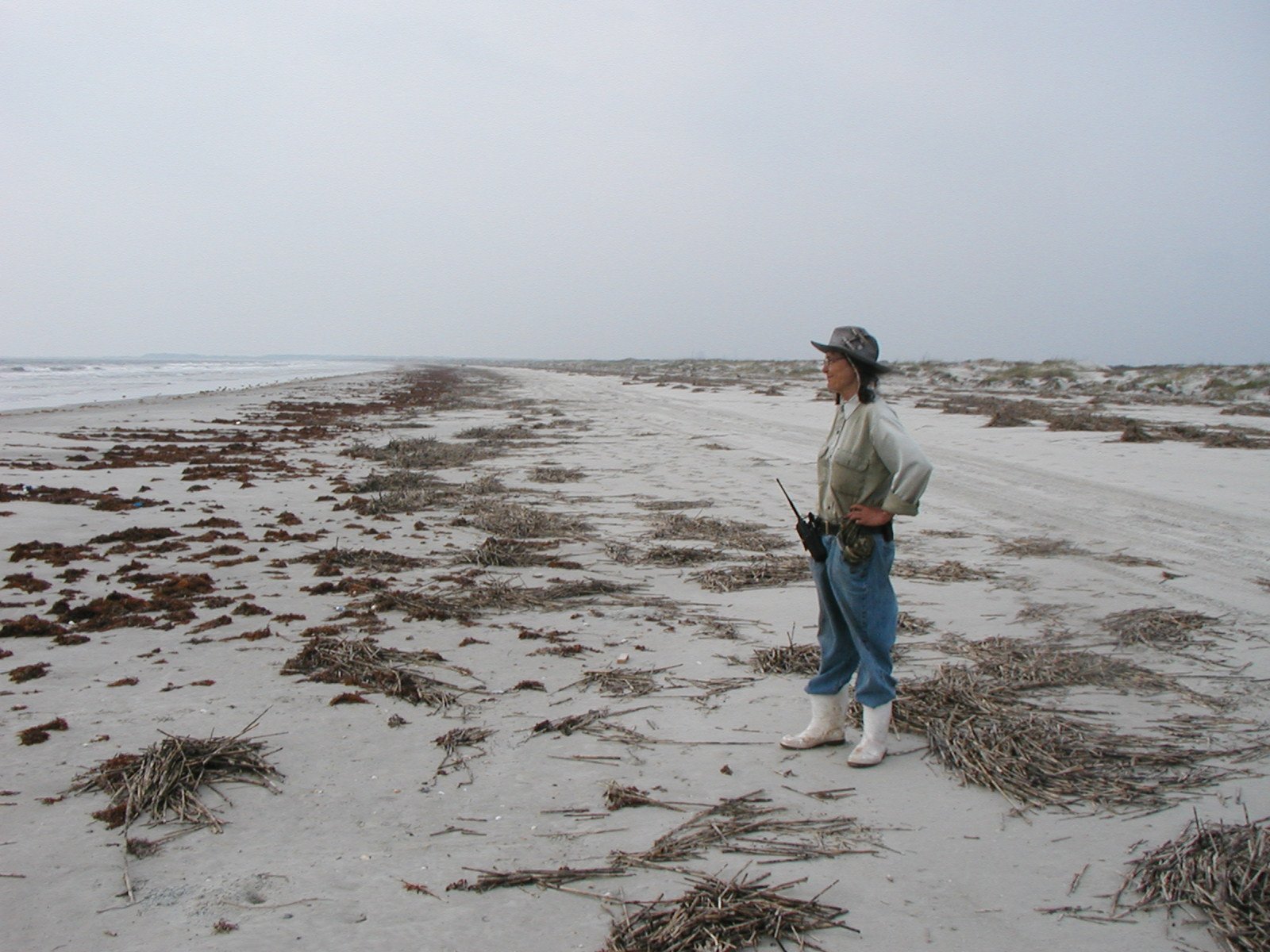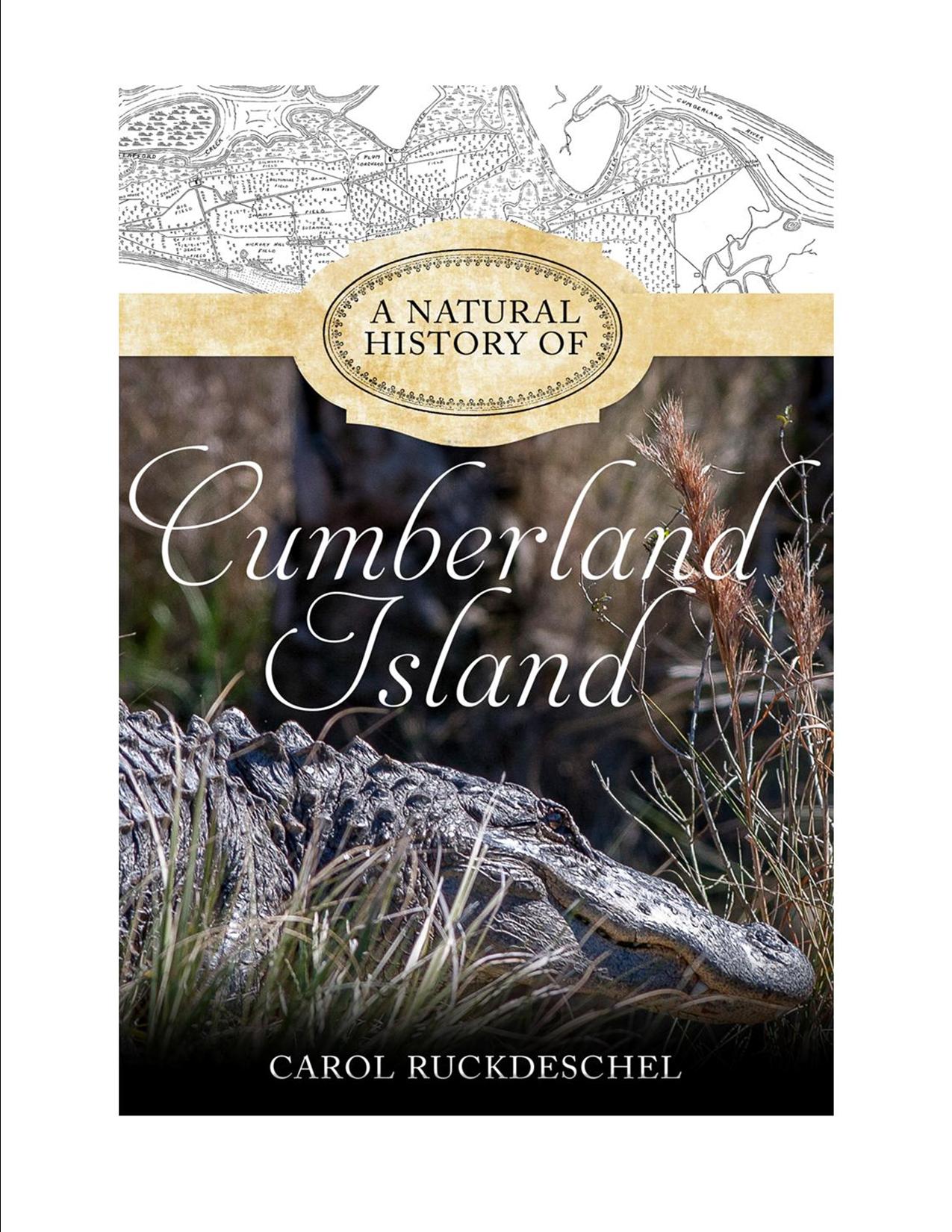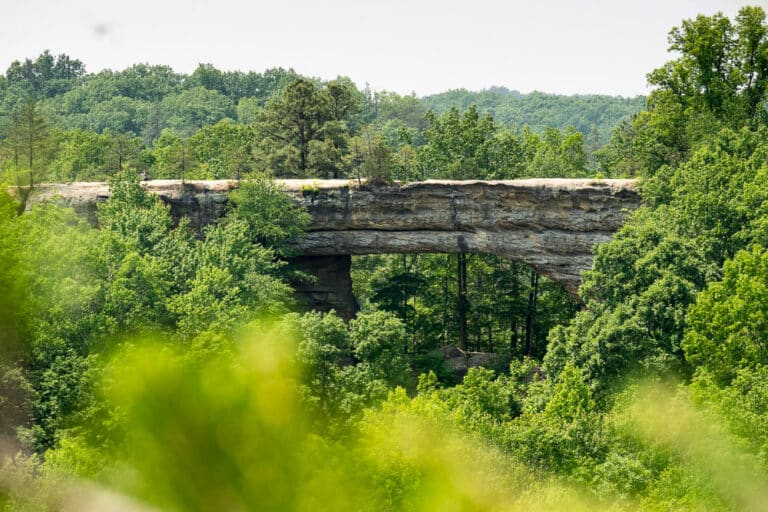If you read only one book about Cumberland Island, this is it: Carol Ruckdeschel’s A Natural History of Cumberland Island is the authoritative guidebook and encyclopedia for Georgia’s largest and southernmost barrier island. This book tells the story of everything that lives on Cumberland Island, from coyotes and bobcats to the ticks that feed on them.
Cumberland Island is a national seashore, wilderness, and global biosphere reserve—recognized internationally because it shelters so many rare and endangered species. Ruckdeschel has observed and studied every one of them, and her detailed accounts in this book contain breathtaking first-hand encounters and notes from the field.
It’s filled with insightful details into island life, including the diets of the first aboriginal people to live on Cumberland (mussels, clams, mullet, shrimp, deer, and the occasional alligator, sea turtle, and manatee, along with abundant berries, nuts, and leaves). It’s filled with other fascinating facts: Cumberland Island’s shoreline was once 78 miles east of its present location and Whitney Lake is the largest natural body of freshwater on the Georgia barrier islands (and it almost completely dried up during a 1981 drought).
No one knows more about Cumberland Island than Carol Ruckdeschel. She has lived on the island for the past 45 years, and she has devoted much of her life to researching and writing this book. For over four decades, Ruckdeschel has been studying the wildlife of Cumberland Island—wading into alligator dens, climbing trees to survey bald eagle nests, and autopsying endangered sea turtles that wash ashore.
Ruckdeschel also powerfully and definitively describes the geology and ecology of Cumberland with lucid, lively, and engaging prose. She also tells the island’s human story, from the earliest indigenous inhabitants to the Carnegie and Rockefeller families today. The influence of their agriculture, timber harvesting, and expanding development on natural communities has been profound. The introduction of feral animals and the suppression of fire has also significantly altered the diversity and health of island ecology.
The opening chapters provide sweeping summaries of the island—from a spit of sand 40,000 years ago to the 18-mile barrier island today. Most of the book is dedicated to species accounts, which provide incredibly detailed, first-hand, extraordinary insights into every fish, amphibian, reptile, bird, mammal, and parasite that inhabit the island. Her accounts are supported with authoritative research from leading scientists in every field.
This is not necessarily a light read for summer vacation, but it is an essential companion for anyone visiting the island or seeking to understand its living community. A Natural History of Cumberland Island is a groundbreaking, landmark publication for Southern ecology, and it provides powerful new insights into the natural and human history of the South’s wildest island.









